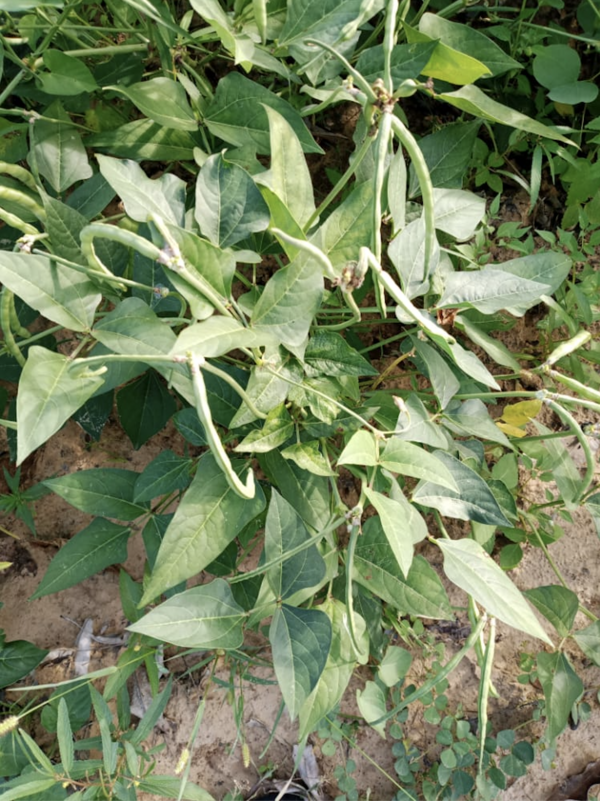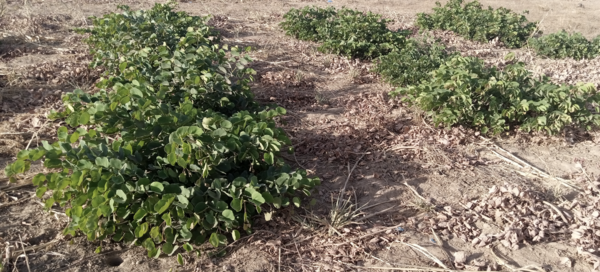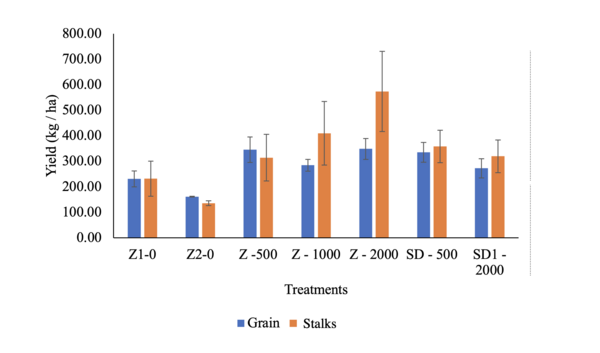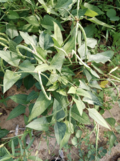In the Sahelian zone, agroforestry is a widespread and age-old practice due to the multiple agronomic, economic and social benefits of woody species. Agroforestry plots are characterised by the presence of shrub species, the most widespread of which are Piliostigma reticulatum (DC) Hoscht and Guiera senegalensis, associated with crops such as sorghum, millet and cowpea.
Despite the advantages of agroforestry, the effects of shrub-crop competition could lead farmers to reduce the numbers of these species in the fields, leading to a regression of the agroforestry in the region.
To address this possibility, an experiment to investigate and optimize planting densities was undertaken. In the northern Sudan zone of Burkina Faso, at the experimental site in Kamboinsé, the effects of different densities of P. reticulatum (DC) Hoscht and tillage on cowpea yields were investigated.
The experimental design was a long-term trial consisting of completely randomized blocks with two factors (tillage and shrub density). The tillage was composed of zaï and direct seeding:
- Zaï included densities of 0, 500, 1000 and 2000 plants/ha of P. reticulatum (DC) Hochst, and
- Direct seeding 500 and 2000 plants/ha.
Pruning and mulching were practised as management methods for the shrubs and their biomass.
Effects of Piliostigma. reticulatum (DC) Hochst density on cowpea yields in combination cropping
Different densities for different methods
- Zaï: the density of 2,000 plants/ha recorded the highest yields of grain (348.91± 81.94 kg/ha) and cowpea stalks (574.17± 313.77 kg/ha).
- Direct seeding: the density of 500 plants/ha recorded the highest grain (272.82 ± 75.03 kg/ha) and stalk yields (319.79 ± 128.15 kg/ha).
However, the Analysis of Variance did not show any significant difference in yield values between the different treatments (P > 0.05). The higher densities of P. reticulatum (DC) Hochst, therefore, did not have a depressive effect on cowpea yields.
Zaï and direct seeding had similar effects on cowpea yields.
Pruning/copiccing could be considered as a strategy to reduce the effects of shrub-crop competition in the North Sudanian zone of Burkina Faso.
Written by: Moussa Gnissien, Moussa Barro, Kalifa Coulibaly, Jean-Marie Douzet, Hassan B. Nacro, UNB, Nazi BONI University, CIRAD.






 tap and then scroll down to the Add to Home Screen command.
tap and then scroll down to the Add to Home Screen command.